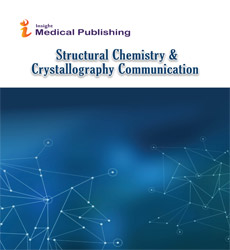Carboxymethyl cellulose film-implant with silver nanoparticles for the treatment of burns with different etiology
Kh.E. Yunusov
Institute of Polymer Chemistry and Physics
Published Date: 2022-06-30Visit for more related articles at Structural Chemistry & Crystallography Communication
Abstract
Silver nanoparticles inhibit the activity of the enzyme providing oxygen exchange in protozoa, such as pathogenic bacteria, viruses, and fungi (about 700 species of pathogenic flora and fauna. The transition from the ionic Ag+ form to metallic nanoclusters makes it possible to reduce silver’s toxicity to cells of higher organisms without suppression of the antimicrobial activity against pathogenic microflora. Silver nanoparticles, especially stabilized ones, have greater stability and prolonged action
Select your language of interest to view the total content in your interested language
Open Access Journals
- Aquaculture & Veterinary Science
- Chemistry & Chemical Sciences
- Clinical Sciences
- Engineering
- General Science
- Genetics & Molecular Biology
- Health Care & Nursing
- Immunology & Microbiology
- Materials Science
- Mathematics & Physics
- Medical Sciences
- Neurology & Psychiatry
- Oncology & Cancer Science
- Pharmaceutical Sciences
